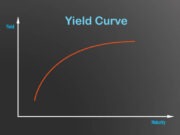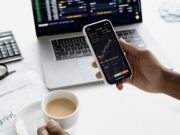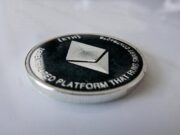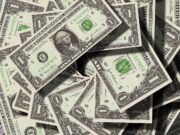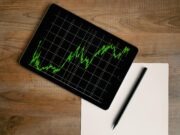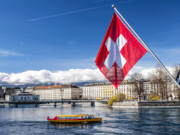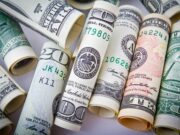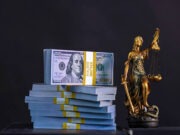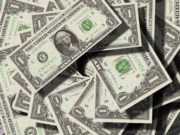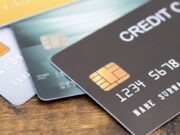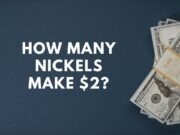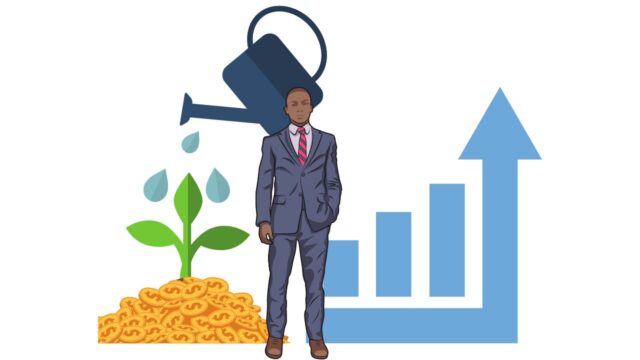Key Employee
DefinitionKey employee, in U.S. Internal Revenue Service terminology, is an employee classification used when determining if company-sponsored qualified retirement plans, including 401 defined benefit...
Kyrgyzstani Som (KGS)
What is 'Kyrgyzstani Som - KGS' The official currency of Kyrgyzstan, which is also called the Kyrgyz Republic. The multicolored paper notes...
Kamikaze Defense
What is 'Kamikaze Defense ' A type of takeover defense mechanism sometimes resorted to by a company that is the target of...
Kiddie Tax
DefinitionThe kiddie tax rule exists in the United States of America and can be found in Internal Revenue Code § 1, which "taxes certain...
Kangaroo Bond
What is 'Kangaroo Bond' Unlisted foreign bonds are bonds that are issued on the Australian market by non-Australian companies and are denominated in the local...
Key Person Insurance
Definition Key person insurance, also known as keyman insurance, key man insurance, or 'key employee insurance,' is a kind of business insurance that is critical...
Kenneth I. Chenault
DefinitionKenneth Irvine Chenault is an American business executive. He was the CEO and Chairman of American Express from 2001 until 2018. He is the...
Korea Investment Corporation
Definition Korea Investment Corporation was established in 2005 to preserve and enhance the long-term purchasing power of South Korea's sovereign wealth through efficient management of...
Kagi Chart
Definition The Kagi chart is a chart used for tracking price movements and to make decisions on purchasing stock. It differs from traditional stock charts...
Kondratiev Wave
Definition In economics, Kondratiev waves are hypothesized cycle-like phenomena in the modern world economy. Kondratiev Wave What is 'Kondratiev Wave' An economic theory created by Soviet economist Nikolai...






